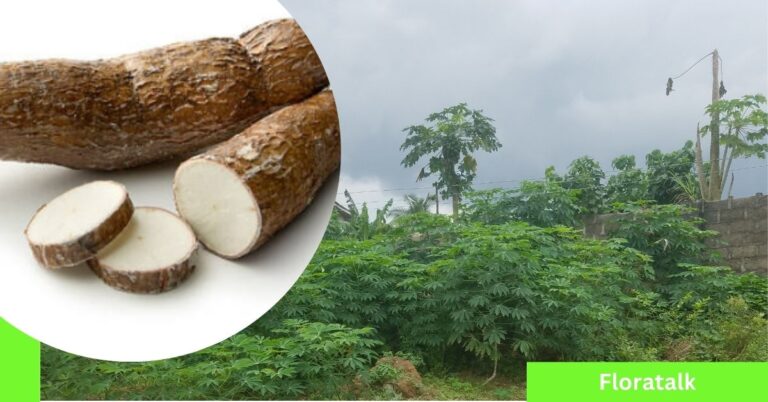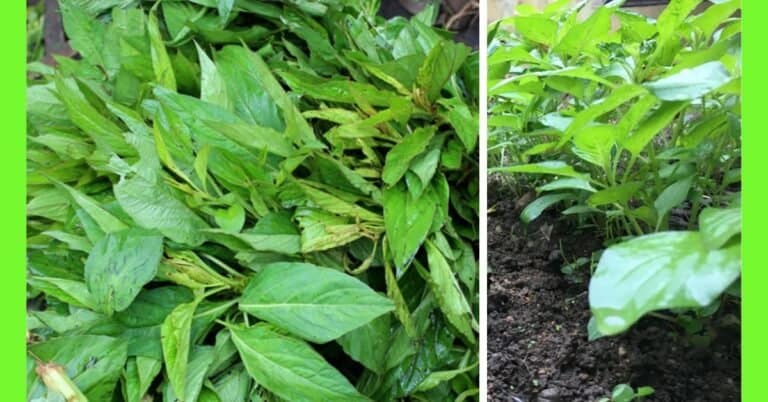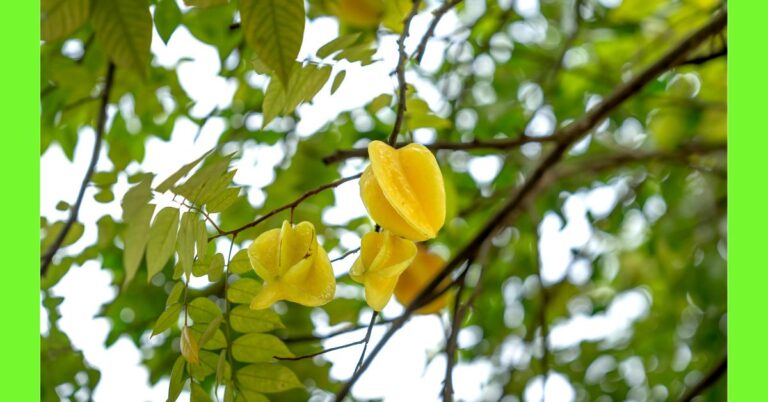How to Plant Orange in Nigeria: A Comprehensive Guide

Oranges are among the most widely cultivated fruits in the world due to their nutritional benefits and economic value.
The fruit is cultivated in various parts of Nigeria,
This guide will walk you through the process of growing oranges, covering everything from planting to pest control and the potential yield on a typical plot of land.
Description of an Orange Plant
The orange plant is a flowering evergreen tree that belongs to the Citrus family known as Rutaceae.
It typically grows to 20 ft (6 m) to 30 ft (9 m) but can be pruned to remain shorter for easy harvesting.
The tree has glossy green leaves with small, white, fragrant flowers that bloom before the fruit develops.
The plant has thorns, common in younger trees and less common in mature orange trees.
The orange fruit is round, with a leathery rind that encases the juicy segments inside.
When ripe, the skin can be green, greenish-yellow, yellow, or bright orange, depending on the variety.
The fruit is prized for its sweetness, rich vitamin C content, and refreshing flavour.
Orange trees typically start bearing fruit 3 to 5 years after planting and, with proper care, continue producing for decades.
Planting Season for Orange
In Nigeria, the optimal time to plant oranges is at the beginning of the rainy season, typically between March and June.
This timing ensures that the young plants receive sufficient water, especially during the early stages of growth.
However, if irrigation is available, planting can be done almost any time of the year.
Oranges thrive in tropical and subtropical climates, making Nigeria an ideal location for cultivation.
Planting Oranges: A Step-by-Step Guide
Step 1: Choose a Location
Oranges require a location with full sunlight, which ensures proper growth and fruiting.
A minimum of 6 to 8 hours of direct sunlight daily is ideal for optimal photosynthesis.
The soil should be well-drained, loamy, and rich in organic matter.
Avoid planting oranges in areas prone to waterlogging, which can cause root rot.
Step 2: Land Clearing and Preparation
Before planting, the land must be cleared of all debris, weeds, and stones.
The soil should be tilled to loosen, allowing better root penetration and nutrient absorption.
If the soil is too compacted, it may impede root growth, which can stunt the development of the orange trees.
To improve soil fertility, apply organic compost or well-rotted manure during land preparation.
This will ensure that the young plants have access to essential nutrients during their early stages of development.
Step 3: Means of Propagation
Oranges are primarily propagated by seed
Seeds and seedlings can be purchased from farm or garden stores,
Seeds can also be obtained from existing orange trees.
Step 4: How to Plant Orange from Seed
If you choose to plant oranges from seeds, follow these steps:
- Select the Seeds: Start with seeds from a ripe, healthy orange. Remove the seeds from the fruit, wash them thoroughly, and dry them for a few days.
- Prepare the Nursery Bed: Orange seeds should first be planted in a nursery to allow for proper growth before transplanting. Use a pot or container with a well-draining mix of soil and compost.
- Plant the Seeds: Plant the seeds 1/2 inch (1.27 cm) deep in the soil, spacing them 2 inches (5 cm) to 3 inches (7.6 cm) apart.
- Cover and Water: Lightly cover the seeds with soil and water the nursery bed. Keep the soil moist but not waterlogged.
- Transplanting: After 6 to 12 months, when the seedlings are about 6 inches (15.2 cm) to 12 inches (30 cm) tall, they can be transplanted to the field.
Ensure the spacing between the trees is about 25 feet ( 7.6 m) to 30 feet (9.1 m) for proper growth and airflow.
Step 5: Watering
Watering is crucial in the early stages of orange tree growth, especially after transplanting.
The frequency of watering will depend on rainfall and the soil type.
Water the trees twice a week during the dry season to prevent drought stress.
Once the trees are established, they can tolerate short periods of drought but will still need consistent moisture during flowering and fruit development.
Step 6: Apply Manure
Oranges are heavy feeders and require adequate nutrients to thrive.
Organic compost or well-decomposed animal manure should be applied around the base of each tree twice a year.
In addition to organic manure, nitrogen, phosphorus, and potassium (NPK) fertilisers can enhance growth, flowering, and fruiting.
Ensure that fertilizer is applied at the base, avoiding contact with the trunk to prevent burning.
Maturity and Harvest
Oranges typically take 3 to 5 years to mature after planting, depending on the method of propagation.
Seed-grown trees take longer to bear fruit compared to grafted or budded trees.
The fruits mature between 7 to 12 months after flowering.
You can tell when oranges are ready for harvest by their colour, size, and firmness.
Depending on the variety, they may turn yellow, greenish-yellow or remain green when fully ripe.
Harvest the fruits by carefully twisting them off the branches or using a pruning shear to cut the fruit stem.
Ripe fruits can be left on the tree for weeks and months, but its best to harvest them as soon as it ripes.
Pests and Diseases
Oranges are susceptible to various pests and diseases that can significantly impact the quality and quantity of the harvest.
Common pests include:
- Aphids: These tiny insects feed on the sap of orange trees, causing stunted growth and yellowing leaves.
- Citrus Leaf Miners: These pests cause curling and distortion of young leaves by burrowing into the leaf tissue.
- Fruit Flies: They lay eggs in the fruit, causing the fruit to rot and drop prematurely.
- Scale Insects: They feed on the sap and produce honeydew, which attracts sooty mould.
Diseases that affect the orange plant include:
- Citrus Canker: A bacterial infection that causes lesions on leaves, stems, and fruits, reducing the quality of the fruit.
- Greening Disease (HLB): This disease affects the tree’s ability to transport nutrients, leading to fruit drop and poor fruit quality.
- Root Rot: Caused by fungal pathogens, root rot is common in waterlogged soils and can kill the tree if not managed early.
Pest and Disease Control
To manage pests and diseases effectively:
- Integrated Pest Management (IPM): Use biological controls like introducing beneficial insects (e.g., ladybugs) to manage aphid populations.
- Cultural Practices: Proper pruning and spacing can help improve airflow and reduce the incidence of fungal infections.
- Chemical Control: In cases of severe pest infestations or diseases, the use of insecticides and fungicides may be necessary. Always follow recommended guidelines to avoid overuse, which can harm the environment.
- Sanitation: Remove and burn infected leaves or fruits to prevent the spread of diseases.
- Organic Control: Neem oil or soap sprays can be used to control soft-bodied pests like aphids without harming beneficial insects.
How Many Orange Plants Can I Grow in a Plot of 100 ft (30.48 m) by 50 ft (15.24 m) of Land?
A plot of land measuring 100 ft (30.48 m) by 50 ft (15.24 m) is roughly 465 square meters.
Orange trees are typically spaced 25 to 30 feet apart, which is approximately 7.5 to 9 meters.
Given this spacing, you can plant about 4 to 5 orange trees in this area.
The yield of oranges per tree varies depending on the variety, the health of the tree, and environmental conditions.
On average, a healthy, mature orange tree can produce between 200 to 500 fruits per year.
Therefore, in a well-maintained plot, you could expect to harvest between 800 to 2,500 oranges annually.
Orange Seed Species in Nigeria
Several species and varieties of oranges are grown in Nigeria. The most common varieties include:
- Valencia Oranges: This is one of the most popular varieties, known for its sweet juice and ability to thrive in Nigeria’s tropical climate.
- Washington Navel Oranges: A seedless variety that produces large, sweet fruits commonly grown for fresh consumption.
- Blood Oranges: Recognized for their reddish-purple flesh, these oranges are grown in select regions of Nigeria.
- Tangelo: A hybrid variety, the Tangelo is a cross between tangerines and oranges, known for its tangy-sweet flavour.
Conclusion
Growing oranges in Nigeria is a rewarding venture for personal and commercial consumption.
By following the steps outlined in this guide, you can ensure the healthy growth of your orange trees and a bountiful harvest.
Whether you’re a small-scale farmer with limited land or planning a large orange plantation, proper care and attention to detail are essential for success.
I hope this article was helpful.






